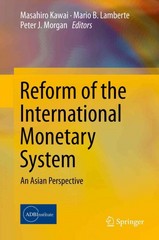6. (10 Points) Estimating the True Returns to Schooling We can think about the problem of estimating the return to schooling by imagining that we have data on two individuals with different schooling. Let the wage rate W; be linearly related to years of schooling Si and ability A;. Then, for individuals 1 and 2 W1 = a + bS1 + cAl W2 = a + bS2 + CA2 Assume a > 0, b > 0, and S2 # S1 throughout. a) (2 points) Suppose that a researcher has data on identical twins. Show that the "return to schooling" is given by b = _ W1 - W2 S1 - S2 Please show all work and explain your reasoning. b) (4 points) Suppose now that a researcher wants to estimate the return to schooling using data from the the Current Population Survey, which contains no information on ability (or siblings!). Explain under what conditions the estimated return to schooling given by b will overstate the true returns to schooling. NOTE: For full credit you need to explain your answer using algebra, but you can use a wage-schooling locus in your answer instead for partial credit. Mere memorization is not enough. c) (4 points) Suppose now that the researcher has information on an instrumental variable, Zi, that predicts years of schooling. In particular, assume that Si = bzZi, for i = 1, 2, where bz > 0. Consider the following two data sets. . Data on Indonesian schooling and earnings outcomes that exploits the Indonesian School Construction program undertaken by the Indonesian government. Let Zi = 1 if the student grew up in a district with high levels of school construction and Zi = 0 if the student grew up in a district with low levels of school construction. . Data on the schooling and earnings outcomes of children in the United States. Let Zi = 1 if spending per student in the school district in which student i's parents chose to live when the child was growing up was high; and let Zi = 0 if spending per student was low. NOTE: Assume that the student attends the local public school. Explain why the IV estimate of the return to schooling is more plausible using data from the Indonesian School Construction program than using data on US students. NOTE: you need to explain your answer using algebra, but a good verbal explanation will be given partial credit. Mere memorization is not enough







